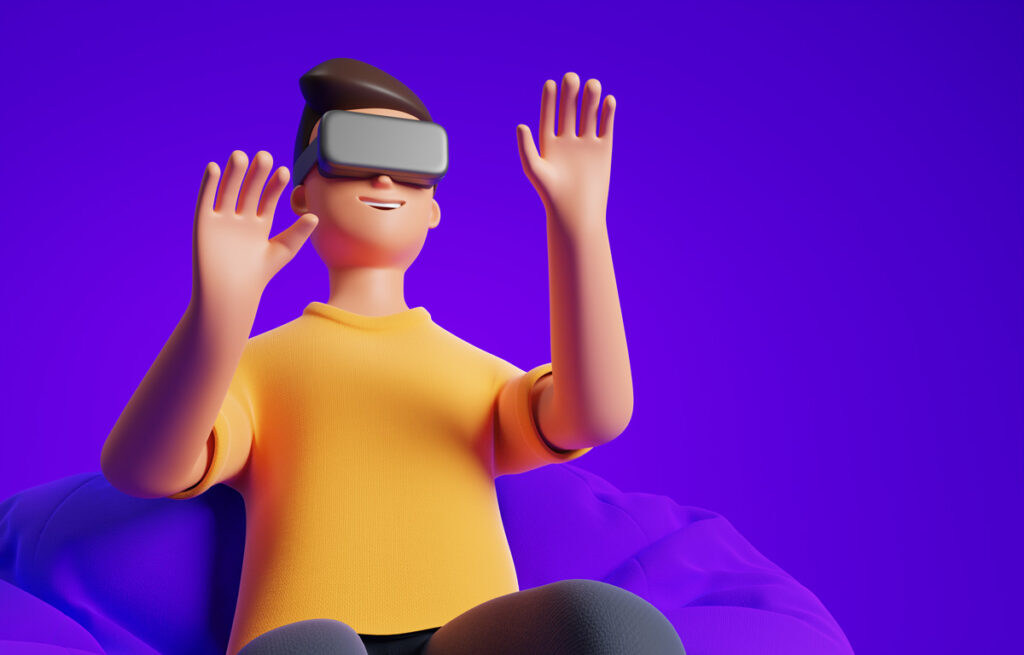Health and safety training is a critical aspect of workplace education. Ensuring that employees are aware of potential hazards and equipped with the knowledge to mitigate risks is possible to do these days using immersive technology.
With the advancement of virtual reality (VR) and augmented reality (AR), health and safety training has entered a new era of effectiveness and engagement. Collaborative learning spaces using AR also drive better communication and learning for everybody.
Augmented Reality is a technology that overlays digital information and virtual objects onto the real world through the use of devices such as smartphones, tablets, or AR glasses. This technology provides users with a blended experience of the physical and virtual worlds, enhancing their perception and interaction with the environment.
For industries such as construction, mining, and manufacturing, where safety is a top priority, immersive technology provides a safe and controlled environment for training. Employees can practice high-risk tasks without the danger of real-world consequences.
Moreover, in a training environment or induction, businesses have a prime opportunity to leverage the power of collaborative learning. Employees and new recruits have the opportunity to bond and have more fun when they are engaged in group activities, discussions, and projects.
Collaborative learning spaces are designed to facilitate teamwork, problem-solving, and peer learning. AR enhances the learning experience by providing interactive and engaging content, fostering real-time collaboration among learners and enabling dynamic and customisable learning experiences.










